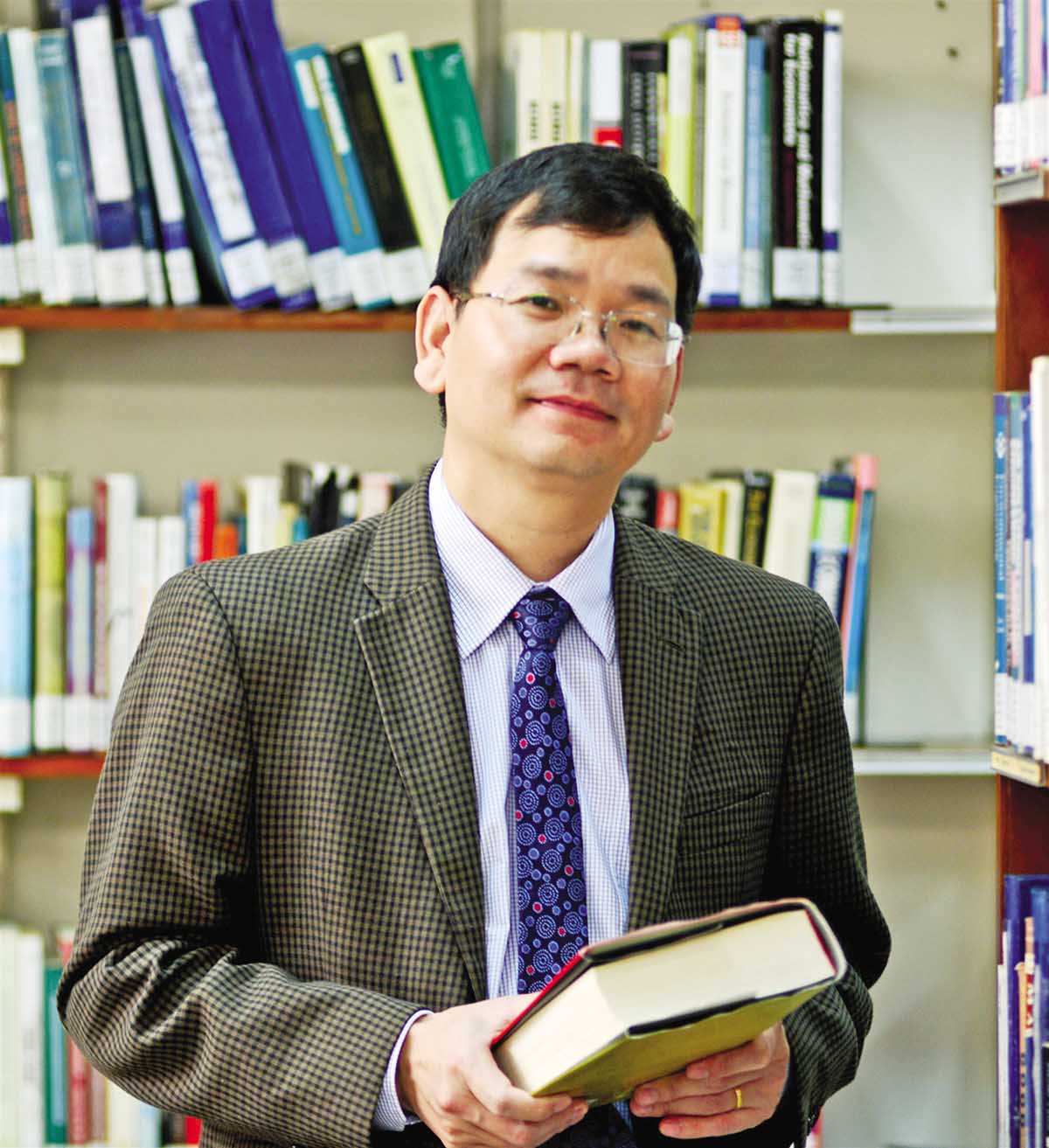 |
| Dr. Huynh The Du, visiting lecturer at Fulbright University Vietnam |
POSITIONING THE VISION OF “ONE CENTER, THREE CORRIDORS” FOR HO CHI MINH CITY
Sir, Ho Chi Minh City has long been considered the economic locomotive of Vietnam, the center of the Southern Key Economic Zone. How do you see the current regional connectivity role of Ho Chi Minh City?
Before the renovation period, the mark of leaders such as Nguyen Van Linh, Vo Van Kiet, Vo Tran Chi... was very profound. These leaders made decisions that were suitable to reality, gradually removed difficulties, gradually stabilized Ho Chi Minh City and then became the economic locomotive of the whole country. These elders were an example not only for Ho Chi Minh City, but also for the whole South, especially the Southeast region.
However, since the renovation, Ho Chi Minh City has not really demonstrated its role as the “second brother of the South”, even becoming a “competitor” of surrounding localities. This is clearly demonstrated by the connecting roads, such as National Highway 13, the part of the road in Binh Duong is spacious and modern, while the Ho Chi Minh City side is a “bottleneck”.
Obviously, the role of leading and linking regions of Ho Chi Minh City after the renovation is still weak. The linkage is fragmented and lacks cohesion due to a more competitive approach than a cooperative one.
Ho Chi Minh City has identified industry as one of its key development goals. However, this is an area where the city has to compete directly with localities such as Binh Duong, Dong Nai, or Ba Ria - Vung Tau . Meanwhile, the proportion of industry in the economic structure of Ho Chi Minh City is not large.
This leads to a paradox: instead of focusing on developing the service industry - a sector that accounts for 75% of the economic structure, the City is prioritizing industry.
If Ho Chi Minh City plays the role of a service center, while also creating connections and supporting surrounding provinces and cities to develop industry, the regional linkage model will be much more effective and sustainable.
So, what should Ho Chi Minh City do to truly demonstrate its "senior brother of the South", sir?
Domestically, we must solve the problems of the Central Highlands, the Northwest and the Southwest, which are the low-growth areas. Internationally, Vietnam must affirm its role in the ASEAN region. In that context, it is necessary to build a long-term development vision with the structure of “one center, three corridors”, in which Ho Chi Minh City plays a leading role.
The merger of the three localities of Ho Chi Minh City, Ba Ria - Vung Tau and Binh Duong is very suitable for building this vision. Moreover, it is not only limited to Ho Chi Minh City, but also to the localities in the region, especially a part of Dong Nai.
Specifically, “a center” is Thu Duc City - a strategic urban area located on the East and Northeast axis, facing the sea and playing the role of international integration. When connecting with neighboring areas such as Dong Nai, Binh Duong and Ba Ria - Vung Tau, Thu Duc City will become a “heart” facing the sea for integration and stretching to the Northeast to connect with the South Central provinces.
This will be the main driving force for the development of Ho Chi Minh City in particular and Vietnam in general in the vision of the next 100 years. Vietnam will create a Singapore within 3-5 decades like China did with Shanghai Pudong, South Korea did with Gangnam in the 1970s and Incheon since the 2000s.
For the Southwest corridor connecting the Mekong Delta. This is a strategic direction that the Central Government has prioritized for infrastructure investment. Putting this corridor into perspective not only supports the economy, but also builds trust and clearer expectations for both the West and Southeast regions.
Western Corridor - connecting with Cambodia via Tay Ninh, this route plays a role in promoting international connectivity, enhancing Vietnam's position in ASEAN and realizing the ASEAN Economic Community (AEC) initiative from 2015.
As for the corridor connecting the Central Highlands, the Northwest direction through Binh Duong and Binh Phuoc will be the key to solving the Central Highlands problem that has remained unsolved for decades.
With its special geopolitical position, Vietnam needs to proactively seize opportunities, minimize risks and set a 100-year development strategy for Ho Chi Minh City to not only be an economic locomotive, but also a model for regional development.
With the vision of creating a new “Pudong” or “Incheon”, what is the suitable model for building “a center”?
In global economic and political development strategies, when the world is polarized, a “buffer zone” often appears. A region that does not lean towards one side, but plays an intermediate role. This buffer zone can act as a bridge in trade, political, and even security relations.
Therefore, it is necessary to build a development strategy for Ho Chi Minh City based on becoming a “buffer zone” between major economic centers in the region. Like other countries or territories, Ho Chi Minh City can take advantage of its position to connect markets, promote international cooperation without falling into too strong polarization.
In particular, Ho Chi Minh City needs to propose to the Central Government a special economic zone model or special policy to develop the East of the Saigon River (with an area equivalent to Singapore or 10% of Ho Chi Minh City's area after the merger) to become a national strategic driving force.
When Thu Duc City was established, I expected that Vietnam could follow the path that Korea had taken. After becoming a member of the OECD (high-income country) in the early 1990s, Korea put forward a new development vision to consolidate and enhance its competitiveness. Incheon was part of this strategy. It was a modern urban system and a separate, flexible institution. Or Shanghai has turned Pudong into a “new Singapore”, after only 30 years from a riverside alluvial area to a symbol of China’s development.
The reorganization of administrative units in the coming time is a great opportunity for Ho Chi Minh City to expand its development space. However, it is necessary to recognize the reality that it is impossible to develop evenly over the entire area of tens of thousands of square kilometers with tens of millions of people. It is necessary to focus on areas with high potential to make breakthroughs. This approach can focus on development and avoid unnecessary disruptions.
With the special administrative unit model, we can form an advanced operating institution (like Singapore) and creatively apply some other resource mobilization models such as public-private partnership or development fee. If this mechanism is implemented, the City can use policies within its administrative boundaries to increase revenue in special administrative units and spending on infrastructure projects of a “connective” nature.
CAPITAL MOBILIZATION MECHANISM FOR HO CHI MINH CITY TO ACCELERATE
Back to the story of regional infrastructure. The lack of synchronous connection between Ho Chi Minh City and localities in the Southeast and Mekong Delta regions is still a major bottleneck that prevents the Southern key economic region from fully exploiting its potential. To have “three corridors”, the “roads” must be open, sir?
In the immediate future, the formation of connecting corridors with the Southwest is extremely important and solves the problem of low-lying areas of the whole country. The city, together with localities in the Southwest, promotes the process of building connecting road and railway systems. Speed up the construction of expressways connecting Ho Chi Minh City with Moc Bai border gate; Ho Chi Minh City connecting with the Central Highlands. At the same time, complete the belt routes to create common development belts.
In fact, one of the reasons for Ho Chi Minh City’s slow development is that the current financial mechanism is not suitable. The city lacks the tools to generate revenue for infrastructure and public services - vital factors for a large city, so a breakthrough policy in budget allocation is needed.
Therefore, the City needs to have a bold policy on budget allocation. For example, the current national budget is about 2 quadrillion VND, Ho Chi Minh City is only allowed to keep about 21% according to the old formula. Meanwhile, the additional portion from annual growth (for example 10%), if divided according to the new formula, allowing Ho Chi Minh City to keep more, then after only about 7 years, the increased budget will be equivalent to the old budget.
If this additional amount is secured, Ho Chi Minh City can proactively plan its long-term finances. For example, with a stable cash flow to pay off hundreds of billions of dollars in debt, the City can completely mobilize an equivalent amount of capital in advance to invest in infrastructure as a leap forward, instead of waiting for the accumulated budget as it does now.
In addition to finance, Ho Chi Minh City also needs to promote the mechanism of exploiting added value from land, especially in urban infrastructure projects associated with development according to the TOD model. Resolution 98/2023/QH15 has opened up opportunities for the City to test these mechanisms. Each dong of budget capital, if exploited effectively, can mobilize an additional 4-8 dong from socialized resources - a formula that has been applied very effectively by China.
Vietnam aims to become a developed, high-income country by 2045. To continue to lead as an economic locomotive, how should Ho Chi Minh City position itself on the regional and global economic map?
Ho Chi Minh City needs to identify itself as the most important economic center, the biggest contributor to Vietnam's development and the main driving force in the next 100 years. With a reasonable mechanism, the whole region will develop strongly. If Ho Chi Minh City can maintain a growth rate that is superior to the national average, then in 20 years, the Ho Chi Minh City region will become very strong.
The competition between countries is essentially a competition between megacities and urban centers. Therefore, we need to build a central urban area and currently, the Ho Chi Minh City area has a great advantage to become an urban area that competes equally with other cities in the region.
In short, if we want to compete with leading countries like Singapore, we need to have a similar business environment and conditions. A feasible way is to create a “Singapore”, where in the initial stage, economically and commercially, we can hire Singaporeans or personnel from developed countries to operate the institutions, while issues of national security and sovereignty are completely under the control of Vietnam.
Source: https://baodautu.vn/xay-dung-tam-nhin-100-nam-cho-vung-tphcm-d275171.html


![[Photo] Vietnamese shipbuilding with the aspiration to reach out to the ocean](https://vphoto.vietnam.vn/thumb/1200x675/vietnam/resource/IMAGE/2025/5/20/24ecf0ba837b4c2a8b73853b45e40aa7)

![[Photo] Panorama of the Opening Ceremony of the 43rd Nhan Dan Newspaper National Table Tennis Championship](https://vphoto.vietnam.vn/thumb/1200x675/vietnam/resource/IMAGE/2025/5/19/5e22950340b941309280448198bcf1d9)

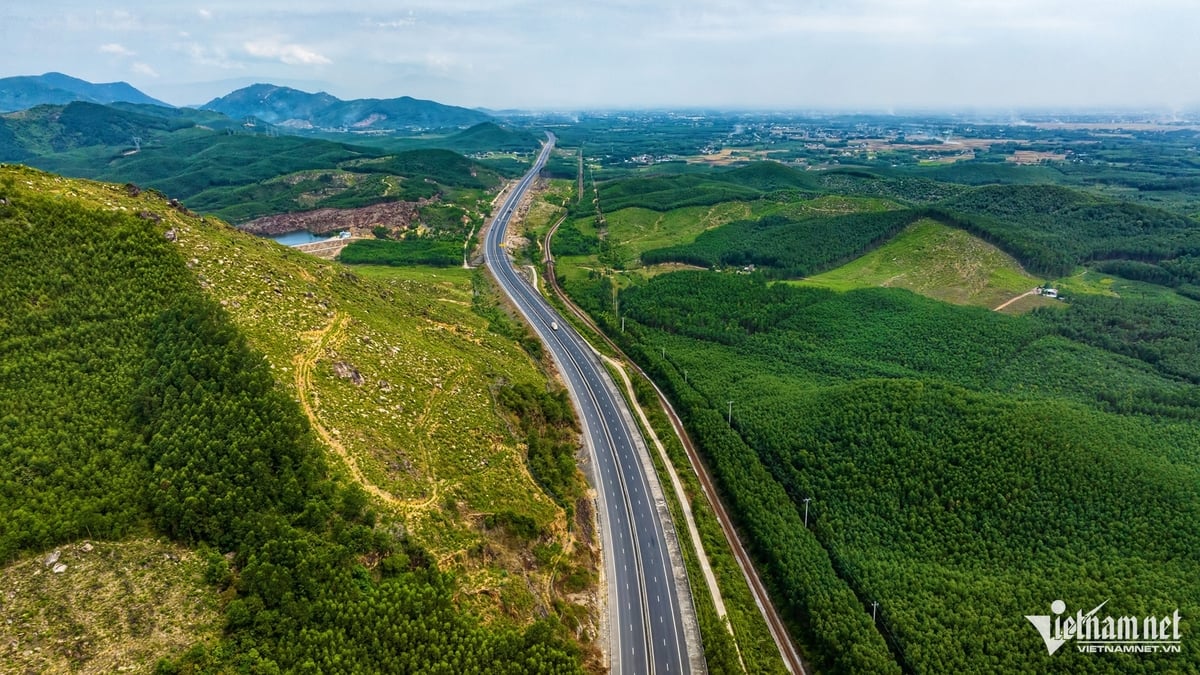
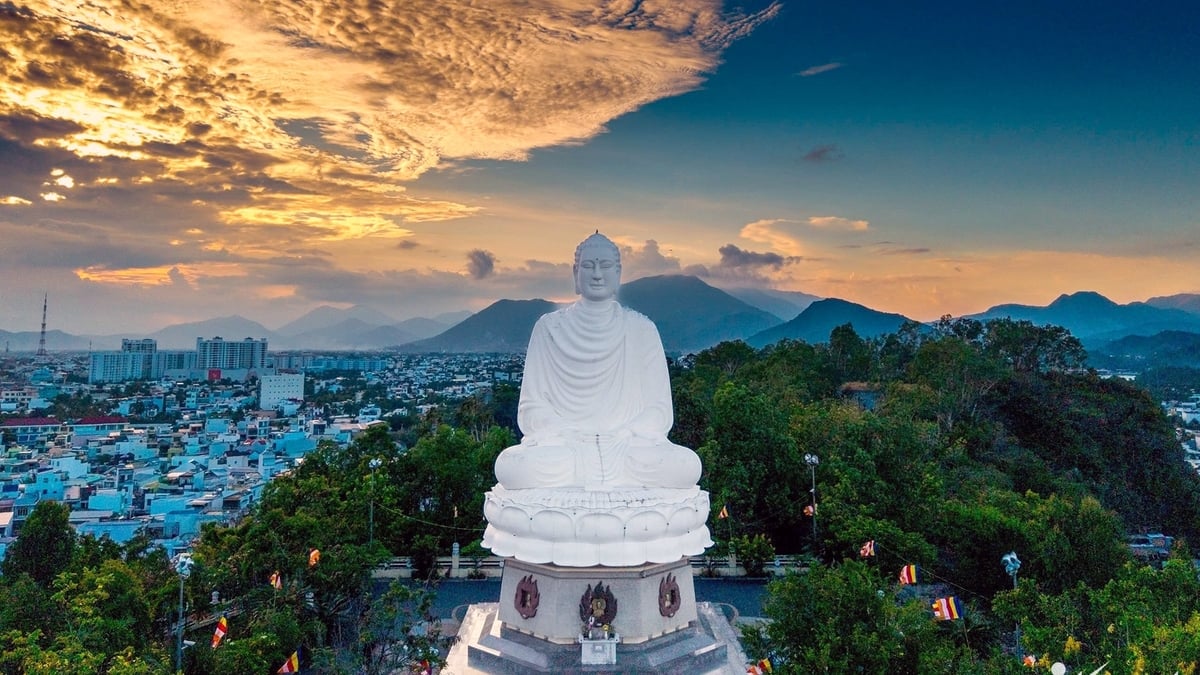



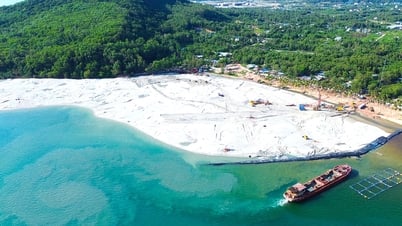










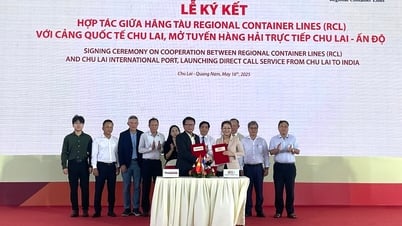




![[Photo] Close-up of Tang Long Bridge, Thu Duc City after repairing rutting](https://vphoto.vietnam.vn/thumb/1200x675/vietnam/resource/IMAGE/2025/5/19/086736d9d11f43198f5bd8d78df9bd41)































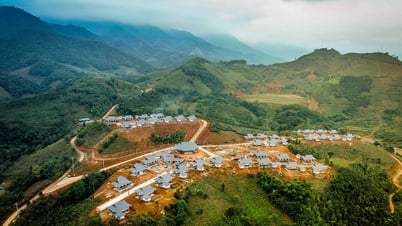

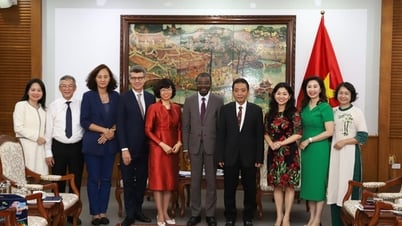












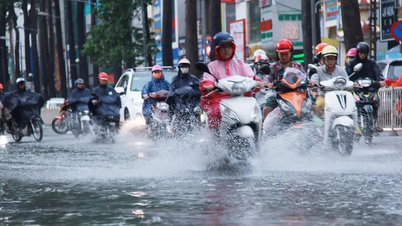












![[VIDEO] - Enhancing the value of Quang Nam OCOP products through trade connections](https://vphoto.vietnam.vn/thumb/402x226/vietnam/resource/IMAGE/2025/5/17/5be5b5fff1f14914986fad159097a677)


Comment (0)